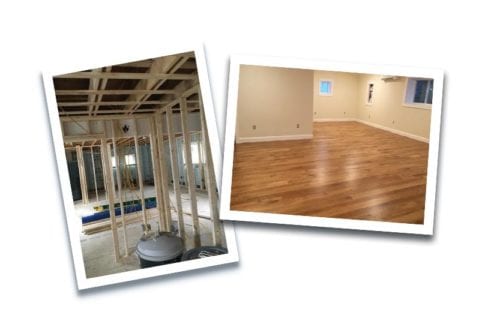
One Step Towards Better Breathing
What do I want?
I find myself asking this question multiple times a week.
Sometimes even multiple times a day.
Some days I want this.
Some days that, making sticking to a specific plan like going through a maze, not sure where I will end up or how long it will take to get there.
Isn’t that true for many people?
Of course, we all have to know what we want in order to get it.
And we have to take action to have it materialize.
The problem is that sometimes we get what we don’t want in the pursuit of what we do want.
I won’t be solving that existential problem.
What I can do is ask the question, “Is there something that I can stop doing in order to have less of what I don’t want?”
I don’t know about you, but that question fires me up.
It’s like, there is something that I can “do” to “not do,” a bit of a twister!
The Twister
If we agree that what we do is what we want to do, that means that our motivations are greater than our cross motivations.
If what we want (our motivations) are greater than our cross motivations (those things that interfere–fear, doubt, uncertainty–those kinds of things) than we will enact more of what we want and less of what we don’t want. Make sense?
How does that relate to breathing?
Breathing is an involuntary process. It happens without our conscious will or control.
We don’t have to do anything intentional to have it happen like we do when we eat.
It occurs whether we think about it or not.
The Problem
The problem comes in when our postural muscles interfere with the work of our breathing muscles.
If the postural muscles are over working than they can put a drag on breathing.
If the postural muscles are doing just the amount of work that they need to get the job done, than breathing can continue unimpeded.
If the postural muscles are not working optimally, than the breathing has less to work with.
That means that there is a direct connection between the quality of our breathing and the quality of coordination of the muscles that move us.
When well coordinated, breathing will adjust to whatever it is that we are doing allowing for better breathing, giving more oxygen to the muscles, organs, and tissues that need it.
Moshe Feldenkrais took it further, “Our breathing reflects every emotional or physical effort and every disturbance.”
A tip
One way to make significant changes in how we feel and how we move is to eliminate that which is not needed.
We can start by eliminating the over efforting that we don’t even know that we are doing when we breathe.
First we have to know what we are doing.
Sit or lie quietly. Take one minute to notice your breathing.
And then ask yourself these questions:
Can I notice my breathing without changing it or trying to make it better?
Can I be like Sherlock Holmes and follow the ins and outs and up and downs of the movement of my chest, abdomen, sides, back?
Can I do that without words or judgements?
If you can, you are well on your way to eliminating interferences with your breathing and towards better coordinated breathing and movement.
Have fun and see where you end up!




